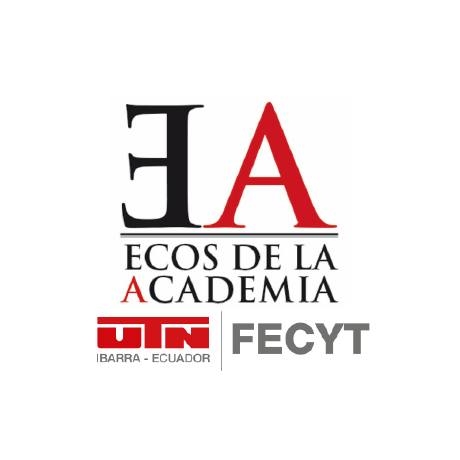Humor, Neuroscience, and Mathematics Education: A Systematized Literature Review
Main Article Content
Abstract
Humor has been present in classrooms across different educational settings, and although sometimes underestimated by educators, it was empirically known to create positive emotional moments. Recent research allows us to value this aspect and validate that it plays an important role in learning. When applied to complex subjects like mathematics, it could become a pedagogical tool for reducing anxiety and improving learning. Along with advances in humor research in education, neuroscience has provided concepts and principles that help us understand the cognitive and emotional processes that accompany the use of humor in education.
This systematized literature review examines this triple intersection: humor, neuroscience, and mathematics teaching. Following a selection process, 27 articles published between 2007 and 2024 were identified. The analysis performed led to a conceptual framework where convergence occurs at the affective, cognitive, and pedagogical levels. Several significant findings emerge from this review, particularly the activation of overlapping brain regions during both mathematical problem-solving and humor processing, along with shared mechanisms of cognitive flexibility and divergent thinking. The conclusion is that humor can be systematically integrated into education, supported by neuroscientific evidence and principles, to enhance the mathematics learning experience.
Downloads
Article Details

This work is licensed under a Creative Commons Attribution-NonCommercial-ShareAlike 4.0 International License.
The authors transfer the publication rights to the journal in all its formats and digital media.
Regarding Copyright CC BY-NC-SA 4.0, this journal is under a license of https://creativecommons.org/licenses/by-nc-sa/4.0/.
You are free to:
Share: copy and redistribute the material in any medium or format
Adapt: remix, transform, and build upon the material
The licensor cannot revoke these freedoms as long as you follow the license terms.
Under the following terms:
1. Attribution: You must give appropriate credit, provide a link to the license, and indicate if changes were made. You may do so in any reasonable manner, but not in any way that suggests the licensor endorses you or your use.
2.Non-Commercial:You may not use the material for commercial purposes.
3. ShareAlike: If you remix, transform, or build upon the material, you must distribute your contributions under the same license as the original.
4.No additional restrictions: You may not apply legal terms or technological measures that legally restrict others from doing anything the license permits.
Notices:
You do not have to comply with the license for elements of the material in the public domain or when your use is permitted by an applicable exception or limitation.
No warranties are given. The license may not grant you all the permissions necessary for your intended use. For example, other rights such as publicity, privacy, or moral rights may limit how you use the material.
LEGAL CODE CC BY-NC-SA 4.0
References
Amir, O., & Biederman, I. (2016). Neural correlates of humor generation in professional comedians. Neuropsychologia, 91, 10–20.
Csíkos, C., Biró, B., & Szitányi, J. (2022). Humor in mathematical word problems: Effects on student achievement. Educational Studies in Mathematics, 109, 1081–1102.
Gabora, L., & Kitto, K. (2017). Toward a quantum theory of humor: Integrating incongruity and resolution. Frontiers in Psychology, 8, 1832. https://doi.org/10.3389/fpsyg.2017.01832
Vrticka, P., Black, J. M., & Reiss, A. L. (2013). Neural processing of humor appreciation: fMRI evidence. Social Neuroscience, 8(2), 135–148.
Tap, R. (2022). Humor-supported instructional approaches in mathematics education: Reducing anxiety and improving comprehension. International Journal of Educational Research Open, 3, 100103.
Chen, J. (2024). Cognitive mechanisms of humor and problem solving: A shared processing view. Psychology of Learning and Motivation, 78, 1–17.





